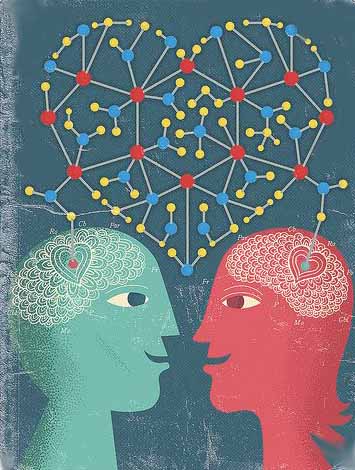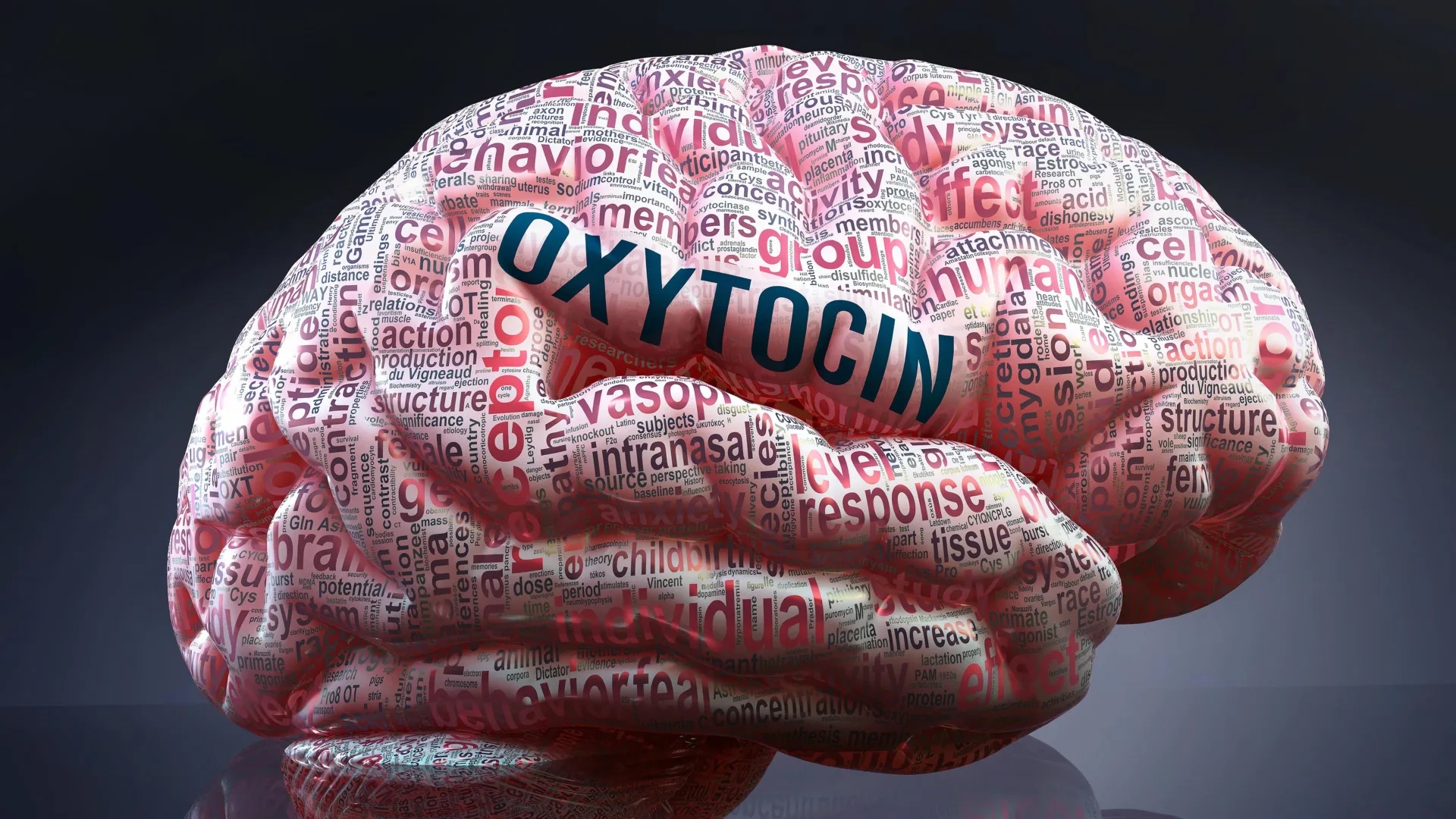

The surprising brain chemistry behind instant friendships. Lack of oxytocin signaling delays the formation of relationships and creates deficits in long-term peer relationships. Science Daily - August 14, 2025

Oxytocin speeds up friendship formation and partner preference, as shown in prairie vole studies. Without it, bonds take longer, and social selectivity drops. Oxytocin is released in the brain during sex, childbirth, breastfeeding and social interactions and contributes to feelings of attachment, closeness and trust. Never mind that it's also associated with aggression; the hormone is commonly referred to as the "cuddle" or "happy" hormone, and people are encouraged to boost their oxytocin levels for better well-being by touching friends and loved ones, listening to music and exercising.
Your brain reveals who your friends are: Study illustrates how similar neural responses predict friendships Medical Express - January 30, 2018
The researchers found that you can predict who people are friends with just by looking at how their brains respond to video clips. Friends had the most similar neural activity patterns, followed by friends-of-friends who, in turn, had more similar neural activity than people three degrees removed (friends-of-friends-of-friends).
The study analyzed the friendships or social ties within a cohort of nearly 280 graduate students. The researchers estimated the social distance between pairs of individuals based on mutually reported social ties. Forty-two of the students were asked to watch a range of videos while their neural activity was recorded in a functional magnetic resonance imaging (fMRI) scanner. The videos spanned a range of topics and genres, including politics, science, comedy and music videos, for which a range of responses was expected. Each participant watched the same videos in the same order, with the same instructions. The researchers then compared the neural responses pairwise across the set of students to determine if pairs of students who were friends had more similar brain activity than pairs further removed from each other in their social network.
The findings revealed that neural response similarity was strongest among friends, and this pattern appeared to manifest across brain regions involved in emotional responding, directing one's attention and high-level reasoning. Even when the researchers controlled for variables, including left-handed- or right-handedness, age, gender, ethnicity, and nationality, the similarity in neural activity among friends was still evident. The team also found that fMRI response similarities could be used to predict not only if a pair were friends but also the social distance between the two.
We are a social species and live our lives connected to everybody else. If we want to understand how the human brain works, then we need to understand how brains work in combination - how minds shape each other.